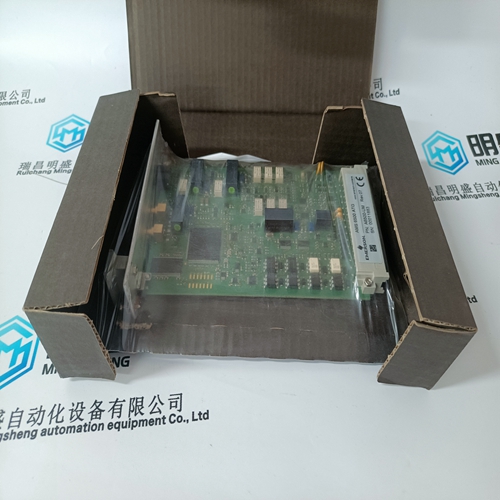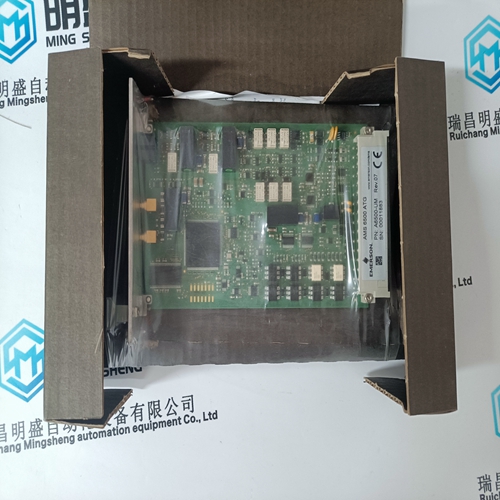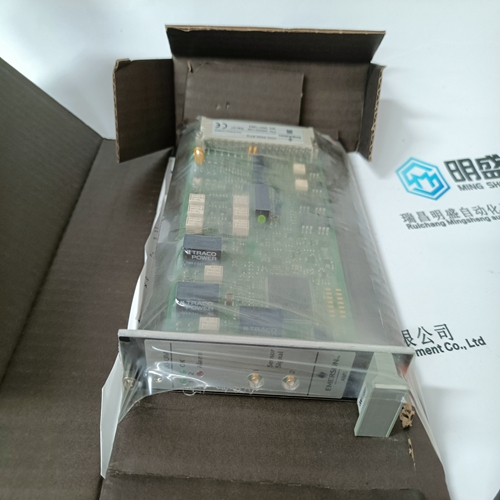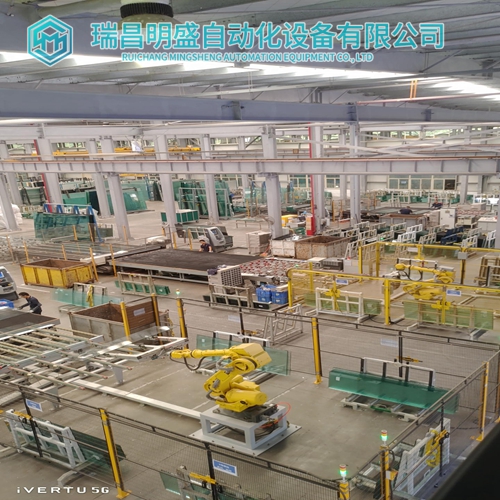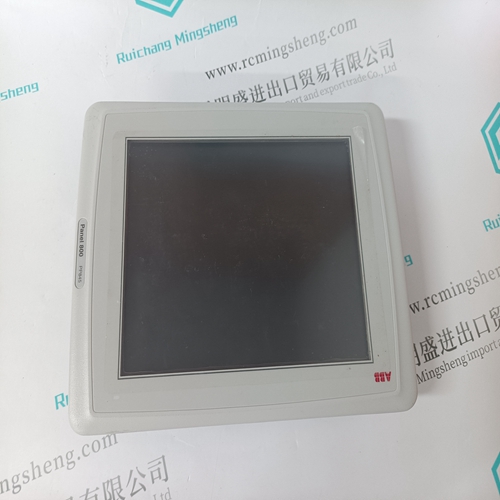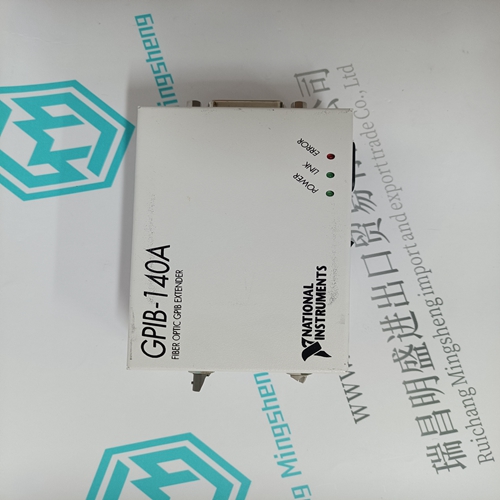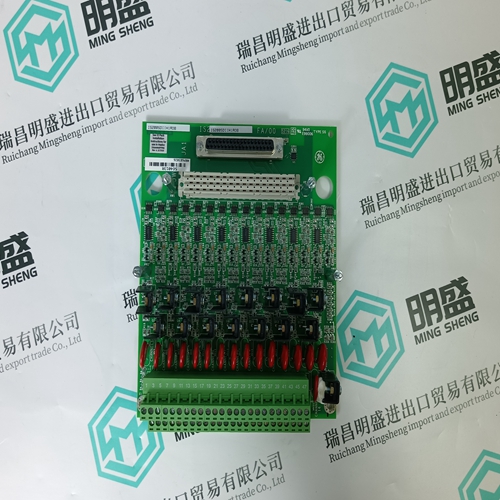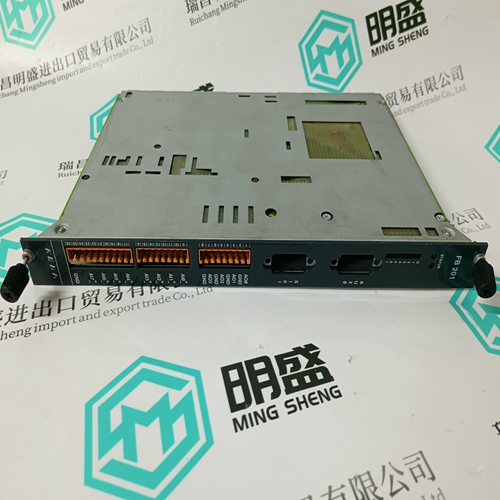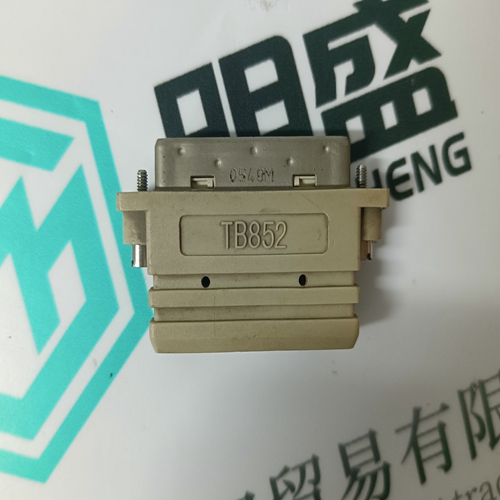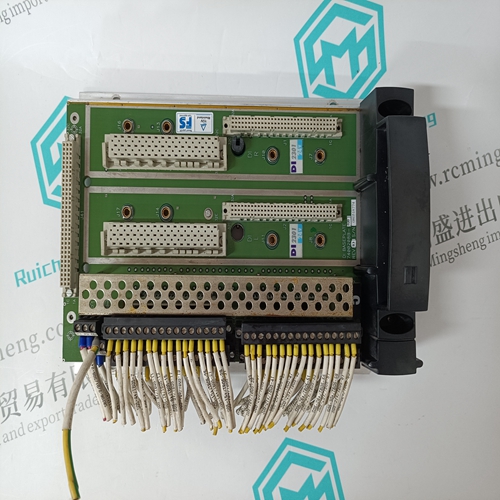Home > Product > DCS control system > A6500-UM General measurement card
A6500-UM General measurement card
- Product ID: A6500-UM
- Brand: EMERSON
- Place of origin: The United States
- Goods status: new/used
- Delivery date: stock
- The quality assurance period: 365 days
- Phone/WhatsApp/WeChat:+86 15270269218
- Email:stodcdcs@gmail.com
- Tags:A6500-UMGeneral measurement card
- Get the latest price:Click to consult
The main products
Spare parts spare parts, the DCS control system of PLC system and the robot system spare parts,
Brand advantage: Allen Bradley, BentlyNevada, ABB, Emerson Ovation, Honeywell DCS, Rockwell ICS Triplex, FOXBORO, Schneider PLC, GE Fanuc, Motorola, HIMA, TRICONEX, Prosoft etc. Various kinds of imported industrial parts
Products are widely used in metallurgy, petroleum, glass, aluminum manufacturing, petrochemical industry, coal mine, papermaking, printing, textile printing and dyeing, machinery, electronics, automobile manufacturing, tobacco, plastics machinery, electric power, water conservancy, water treatment/environmental protection, municipal engineering, boiler heating, energy, power transmission and distribution and so on.
A6500-UM General measurement card
Various situations (e.g. charging a long line to the motor or power factor correction capacitors) may cause transient inrush currents during motor starting that may exceed the Short Circuit Pickup level for a very short period of time. The Short Circuit time delay is adjustable in 10 ms increments. The delay can be fine tuned to an application such that it still responds very fast, but rides through normal operational disturbances. Normally, the Phase Short Circuit time delay will be set as quick as possible, 0 ms. Time may have to be increased if nuisance tripping occurs. When a motor starts, the starting current (typically 6 × FLA for an induction motor) has an asymmetrical component. This asymmetrical current may cause one phase to see as much as 1.6 times the normal RMS starting current. If the short circuit level was set at 1.25 times the symmetrical starting current, it is probable that there would be nuisance trips during motor starting. As a rule of thumb the short circuit protection is typically set to at least 1.6 times the symmetrical starting current value. This allows the motor to start without nuisance tripping. Both the main Short Circuit delay and the backup delay start timing when the current exceeds the Short Circuit Pickup level.
After a motor start
once the magnitude of any one of either phase A, B, or C exceeds the Trip/Alarm Pickup Level × FLA for a period of time specified by the Delay, a Trip/Alarm will occur. This feature may be used to indicate a stall condition when running. Not only does it protect the motor by taking it off-line quicker than the thermal model (overload curve), it may also prevent or limit damage to the driven equipment that may occur if motor starting torque persists on jammed or broken equipment. The pickup level for the Mechanical Jam Trip should be set higher than motor loading during normal operations, but lower than the motor stall level. Normally the delay would be set to the minimum time delay, or set such that no nuisance trips occur due to momentary load fluctuations.
If enabled, once the magnitude of either phase A, B or C falls below the pickup level × FLA for a period of time specified by the Delay, a trip or alarm will occur. The undercurrent element is an indication of loss of load to the motor. Thus, the pickup level should be set lower than motor loading levels during normal operations. The undercurrent element is active when the motor is starting or running. The undercurrent element can be blocked upon the initiation of a motor start for a period of time specified by the U/C Block From Start setpoint (e.g. this block may be used to allow pumps to build up head before the undercurrent element trips). A value of 0 means undercurrent protection is immediately enabled upon motor starting (no block). If a value other than 0 is entered, the feature will be disabled from the time a start is detected until the time entered expires.
APPLICATION EXAMPLE
If a pump is cooled by the liquid it pumps, loss of load may cause the pump to overheat. Undercurrent protection should thus be enabled. If the motor loading should never fall below 0.75 × FLA, even for short durations, the Undercurrent Trip pickup could be set to 0.70 and the Undercurrent Alarm to 0.75. If the pump is always started loaded, the block from start feature should be disabled (programmed as 0). Time delay is typically set as quick as possible, 1 second.Unbalanced three phase supply voltages are a major cause of induction motor thermal damage. Causes of unbalance can include: increased resistance in one phase due to a pitted or faulty contactor, loose connections, unequal tap settings in a transformer, non-uniformly distributed three phase loads, or varying single phase loads within a plant. The most serious case of unbalance is single phasing – that is, the complete loss of one phase. This can be caused by a utility supply problem or a blown fuse in one phase and can seriously damage a three phase motor. A single phase trip will occur in 2 seconds if the Unbalance trip is on and the level exceeds 30%. A single phase trip will also activate if the Motor Load is above 30% and at least one of the phase currents is zero. Single phasing protection is disabled if the Unbalance Trip is turned Off.
